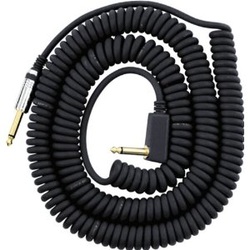Apart from his solo projects (six Wives of Henry the 8th, Journey to the Centre of the Earth) and his time in Yes, he has appeared on the albums of Al Stewart, Elton John, Lou Reed, John Williams, Cat Stevens (including the classic piano on Morning Has Broken), Marc Bolan, Marsha Hunt, Mary Hopkin, Black Sabbath, and David Bowie.
Sadly, I'll miss it as I will be in Australia then.

